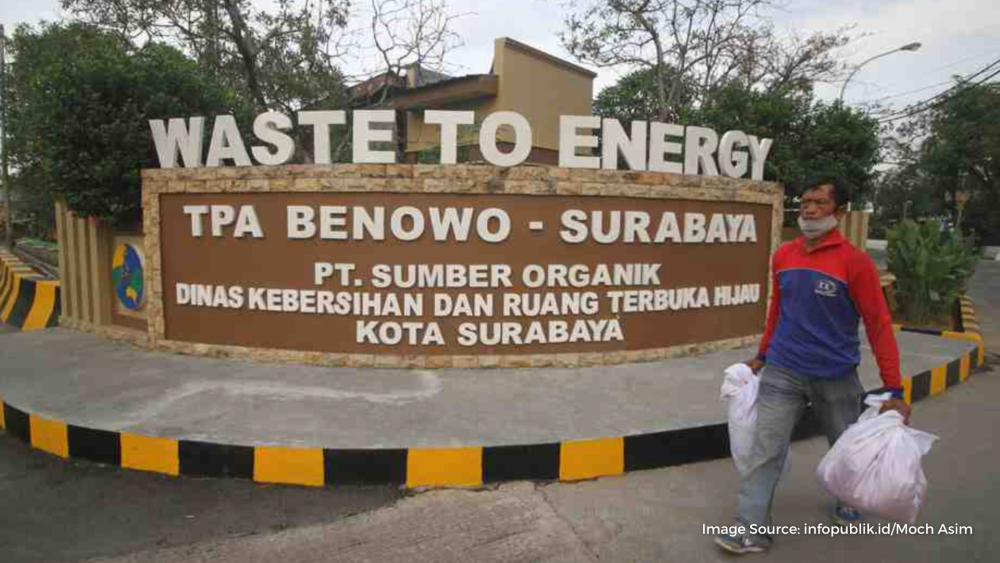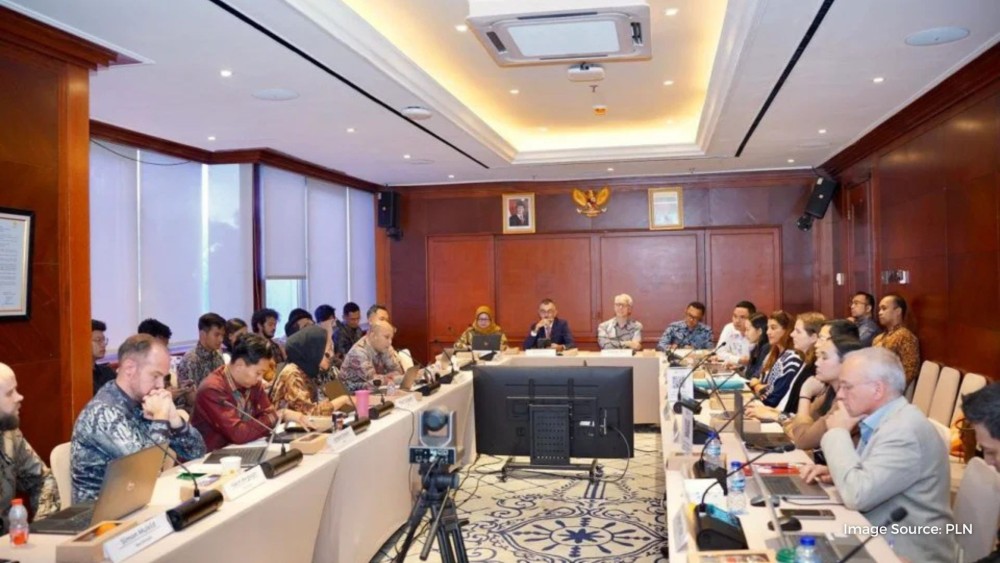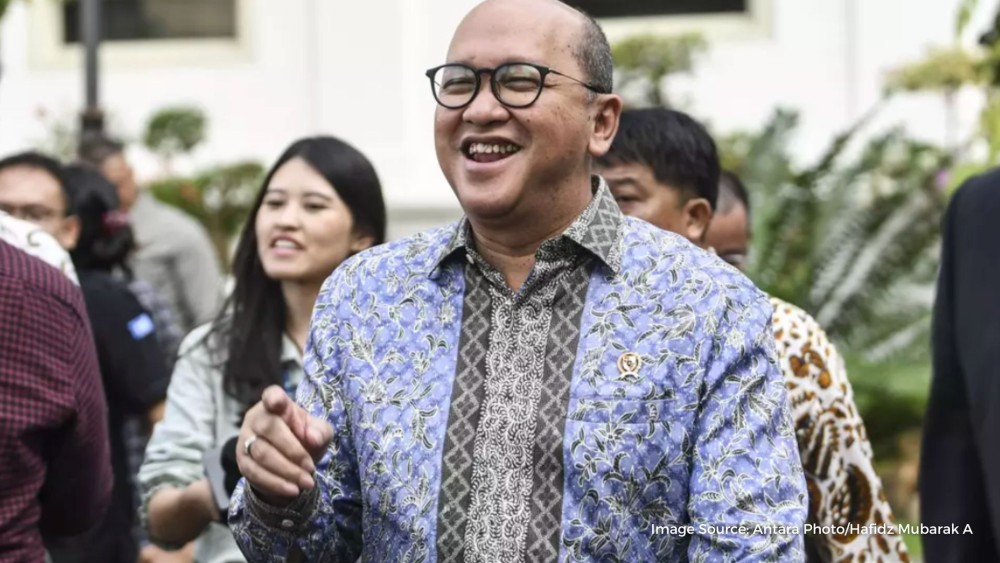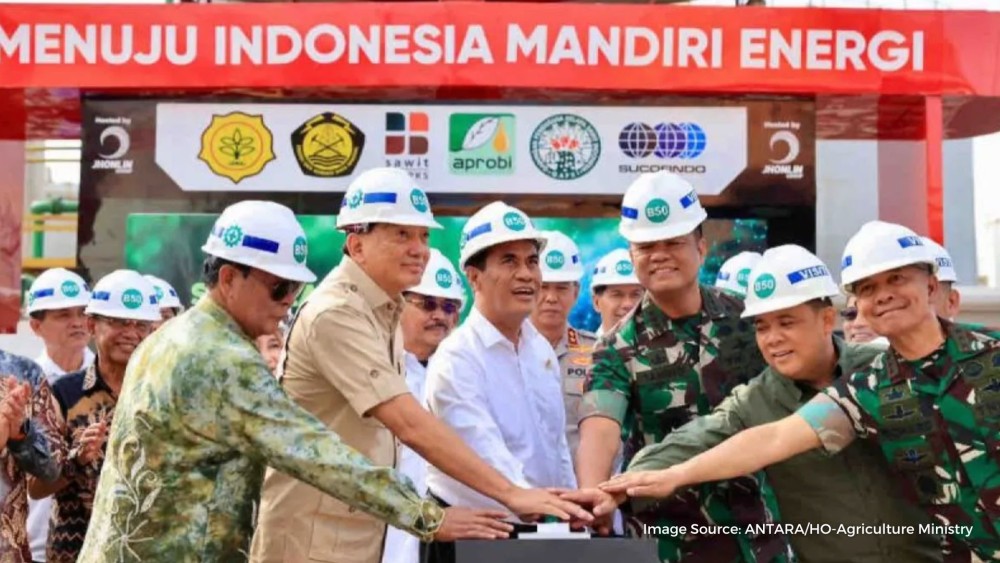Indonesia’s Mining Sector: Navigating Global Shifts
21 Feb 2025

The Indonesian mining sector is entering 2025 amid a complex mix of global and domestic factors, with shifting geopolitical landscapes, fluctuating commodity prices, and government-led downstreaming initiatives shaping its trajectory. Nevertheless, despite regulatory uncertainties and evolving market conditions, Indonesia remains integral to global supply chains due to its position as the world’s largest producer of nickel and a key supplier of coal.
A Leading Producer
The mining sector has grown to play a significant role in Indonesia’s economy, contributing significantly to its GDP, exports, and employment rate.
Share of Mining Sector in Indonesia’s GDP
| Year | Share of GDP (%) | Value (USD Bn) |
|---|---|---|
|
2019 |
4.5 |
53.60 |
|
2020 |
4.3 |
45.67 |
|
2021 |
6.3 |
74.83 |
|
2022 |
9.2 |
121.33 |
|
2023 |
8.0 |
113.39 |
|
2024 |
6.8 |
104.88 |
Source: BPS, PwC
The sector’s rise can be attributed to its positioning in the global mining landscape, particularly for nickel and coal. The country holds 42% of global nickel reserves and has dominated the global supply chain since enforcing a raw nickel export ban in 2020. By the end of 2024, Indonesia’s nickel production surged to account for 63% of the global total, with revenues from exports reaching USD 20 billion in the January to November period of the same year, according to the Indonesian Commodities Futures Trading Regulatory Agency. However, nickel prices have been volatile due to oversupply, impacting profitability and investment in new smelting projects.
Indonesia’s Mining Commodity Potential
|
Commodity |
Share of Global Reserves (%) |
Global Ranking |
|---|---|---|
|
Nickel |
42 |
1 |
|
Bauxite |
9.8 |
4 |
|
Copper |
2 |
9 |
|
Gold |
5.8 |
4 |
|
Tin |
34.47 |
1 |
|
Coal |
3 |
6 |
Source: USGS, 2023
Meanwhile, despite ongoing energy transition initiatives, domestic and international coal demand is projected to remain strong in 2025. Domestic Market Obligation (DMO) targets for coal are set at 229.3 million tons, a 4% increase from 2024, reflecting ongoing reliance on coal-fired power plants. The U.S. and China are also expected to maintain steady coal imports, though European demand is projected to decline due to stricter green energy policies. The International Energy Agency (IEA) also forecasts record-high coal consumption at least until 2027, driven by demand from India and China. Indonesia’s coal industry is expected to benefit from these developments, even as the government pushes for greater renewable energy adoption.
Global Trends Affecting Indonesia’s Mining Industry
While Indonesia strengthens its foothold in the global mining sector, external factors are influencing the industry's direction. Geopolitical turbulence is shaping commodity demand and supply chains, with the return of Donald Trump’s 'America First' policies, China’s economic slowdown, and the rising demand for energy-intensive technologies such as artificial intelligence (AI) playing key roles. There is also renewed focus on nuclear energy as a low-emission power source, particularly as U.S. policies pivot back toward coal and away from electric vehicles, altering demand towards uranium, as well as minerals essential for reactor technologies, such as zirconium and rare earth elements.
The ongoing fragmentation of mineral supply chains, as countries reduce reliance on China through export restrictions, tariffs, and stockpiling, could create volatility in markets for key commodities such as nickel and cobalt. Already, China has signaled its intent to tighten controls on lithium processing and refining technologies, while the U.S. has imposed tariffs on certain Chinese minerals.
Amid these global shifts, the Indonesian government continues to push its downstreaming agenda, requiring mineral producers to refine raw materials domestically before export. This policy has significantly increased Indonesia’s nickel export value from USD 3.3 billion in 2017 to USD 33.5 billion in 2023, attracting USD 47.36 billion in investment and creating 180,600 new jobs, according to Indonesian Minister of Energy and Mineral Resources Bahlil Lahadalia. Further advancing this initiative, the government has announced plans to offer 35 downstreaming projects worth IDR 2,105 trillion (roughly USD 128 billion) to investors, a move expected to enhance the country’s industrial base and attract more foreign capital.
However, while these efforts hold economic promise, they also come with challenges. Industry stakeholders remain cautious due to shifting regulatory frameworks, particularly as Mr. Lahadalia, who is also the head of the government’s Downstreaming Task Force, seeks to accelerate project approvals. PwC’s 2025 Mining in Indonesia Report highlights concerns over high royalty rates, coal export quotas, and foreign currency deposit requirements under Government Regulation No. 36/2023, which have raised investor concerns regarding regulatory unpredictability.
Regulation and Ambition
Despite Indonesia’s strong position in global mining, the sector faces notable risks. Regulatory uncertainty remains a key concern, with shifting laws such as the ongoing Minerba Law revisions – which has raised some local controversy regarding its intent to allow universities and civil groups to receive a stake in the mining industry – create apprehension among investors. Export restrictions, particularly on nickel and bauxite, have disrupted markets, leading some companies to delay expansion plans. Additionally, while promising, the downstreaming program faces hurdles in infrastructure development and financing. Finally, long-term global commitments to reducing fossil fuel use could impact Indonesia’s mining revenue as the energy transition gains momentum.
Indonesia’s mining sector remains resilient but faces a less-than-predictable 2025. As global markets shift and regulatory landscapes evolve, investors will need to closely monitor policy changes and commodity trends. Strategic investments in downstream processing and infrastructure development will be crucial in maximizing the sector’s long-term potential. While downstreaming initiatives and strong commodity demand provide opportunities, successfully navigating economic fluctuations and regulatory uncertainty will define the industry's future trajectory.






